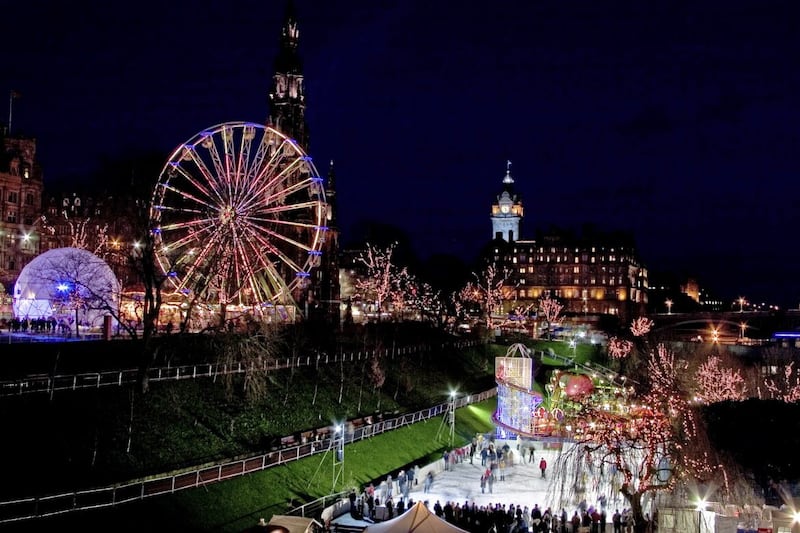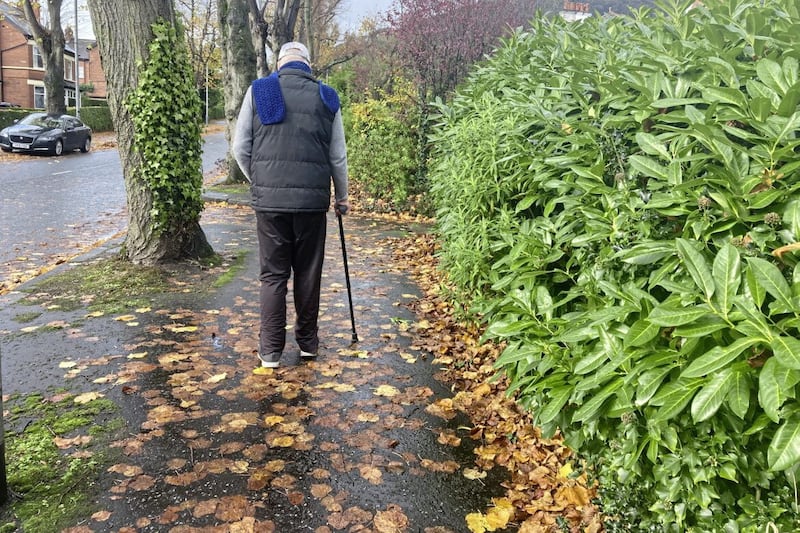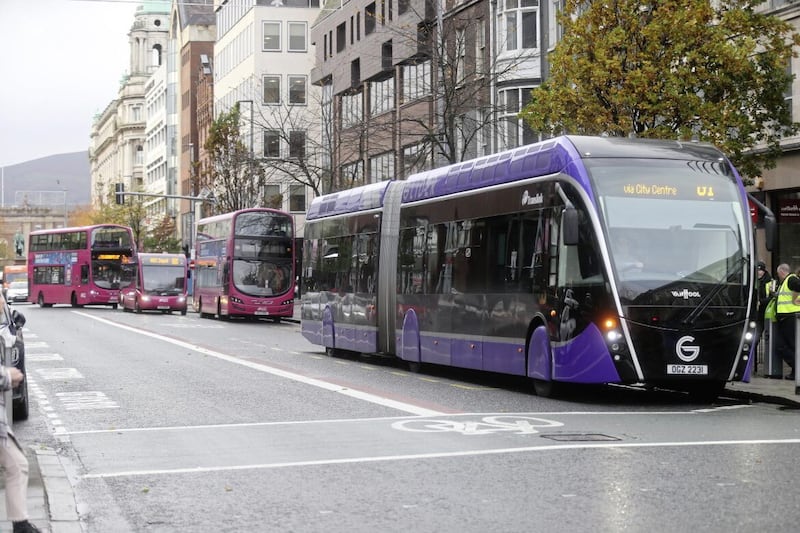A LOT has been written about Reporting The Troubles, a book of reminiscences written by journalists, cameramen and photographers and put between two covers by Deric Henderson and Ivan Little, both men steeped in the grotesque history of our little part of the world.
The launch was held in the historic Reform Club billiards room, dating back almost 135 years, and It was unnerving to be high above Royal Avenue and looking straight into the bowels of the Bank Buildings, another tragic story to add to the list.
The evening was one of nostalgia. Most of us were of an age, most of us had lived through the Troubles and most of us were in some way or other involved.
BBC war reporter Martin Bell was probably the most senior among the gathering, distinguished in his trademark creamy white suit. His story sits alongside 67 other personal accounts of those dark days and yet they make up only a snapshot of what went on. Each tells of one incident they have chosen, although their true feeling are only shared in private.
The collective pack of men and women who make up the media, as it’s called, don’t often get credit for what they went through. I recall the usually genial Ivan Little coming into Ulster Television canteen late one lunchtime; he walked past everyone, ordered a cup of tea and went to the far end of the room where he sat facing the wall, his back to the world.
Later he explained that the story he’d just covered was so dreadful he couldn’t speak, he had to process what he had witnessed before reliving it all over again as he prepared it for transmission that evening.
Paul Clark writes about the Kingsmills massacre when as a 22-year-old reporter he was filing stories of murder very day.
Kingsmills was a watershed, 10 men shot dead. On the 10th anniversary the BBC produced a documentary and Paul was sitting at home watching.
“Perhaps I’d dropped my guard but suddenly, on that Sunday night all those years later, I broke down and for the first time I cried.”
Kate Smith, now Mrs Michael Deane, once told me how, when introducing graphic news stories of shootings and bombings, she had to close her eyes tight until the pictures faded, knowing she might break down as these tragedies unfolded night after night.
For me, I remember the fear when working for the BBC World Service and covering a story in Newry, Co Down. At that time children from Catholic and Protestant families where taken on trips to Scandinavian countries to mix and bond. There was massive intimidation but some parents were brave enough to accept the invitation, believing it would help children realise there was a life and friendship beyond their own area.
I was told to drive to Newry. At a specific lay-by on the way into town, as it was then, there would be a car waiting. I was to park, get out and into the car. All I was to bring was a tape recorder.
Sure enough, a large dark-coloured car was sitting there, three men inside. One got out and motioned me into the back seat. No-one spoke. The car took off, we seemed to drive for miles through Newry and into a housing estate, still in silence.
Black flags adorned every window; it was a fine day little wind so they just hung motionless.
We stopped outside a row of council houses. This particular one had a wooden fence and a colourless garden. The gate lay open.
Two stayed in the car, one marched me up to the front door, it was opened by a man with his collar turned up and we went inside. I was interested rather than fearful. In the front room there was little furniture, a table and two chairs, nothing on the walls, a bleak room.
Sitting on one of the chairs was a woman, around about 30, casually dressed. She looked cold and wasn’t very forthcoming. This was my interviewee. I introduced myself, set up the cumbersome Urer tape recorder and we talked about the families in the area allowing their children to go abroad to hopefully set up lasting friendships with those from another religion. She was guarded but did her best.
All the time there were men lining the walls, listening to every word, ready to censor, telltale bulges under their coats and they irritated me.
Then they called a halt. We had to finished up. The woman, who didn’t give a name, became emotional and we looked at each other, two mothers trapped in a world of violence. There was an unspoken understanding. I was being ushered out of the house but not before I went back and gave the woman a long hug. I often wonder what happened to her and her family.
Back in the car still no-one spoke. We drove between back flags, no-one on the roads and the sun had gone in behind a cloud. It was chilling.
Back at the lay-by the man in front got out and opened the door for me. The only words uttered during that whole time came at the end: “All right Awn,” and they were gone.
I checked the tape, praying that I’d laced it up properly and the interview had been successfully recorded. It was. I started my car and headed home. Approaching Banbridge I began to shake, I had to pull in until the crying stopped, fear caught up and a dreadful sadness for that woman.
Then it was over, back to base to edit the piece and tell the world another grim story from a Godforsaken place. Although 37 years later, it’s vivid to this day.
Mine is only a tiny snapshot, my admiration is for my brave colleagues who are still living with the consequences of covering and reporting the Troubles.










